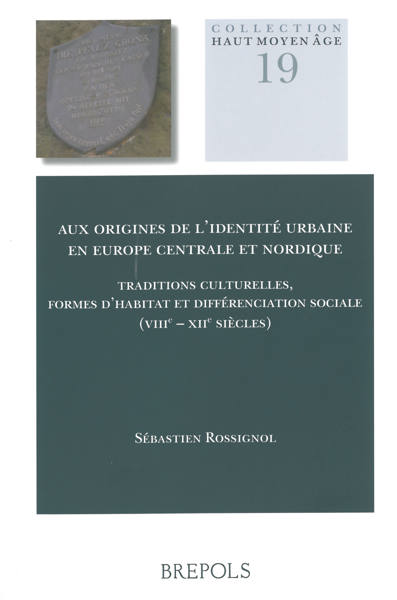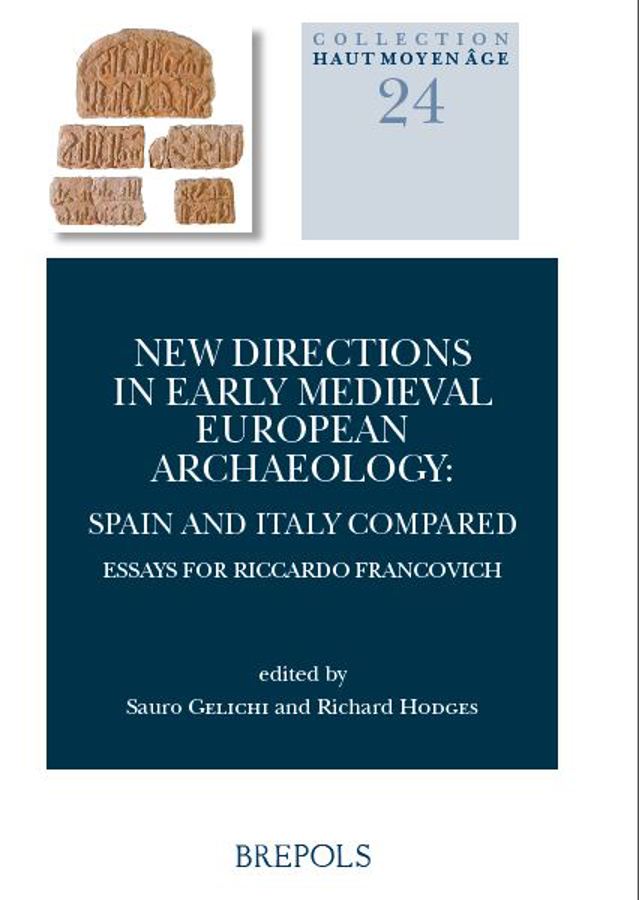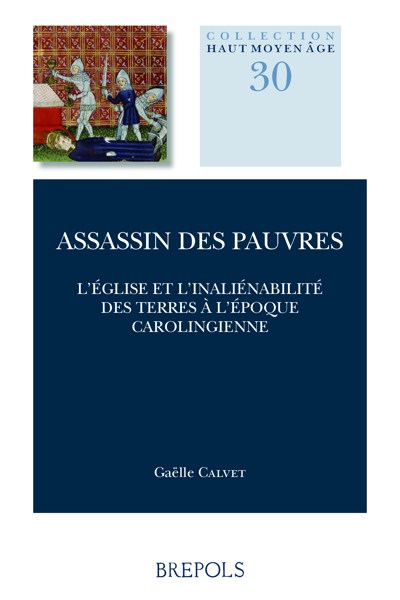
New Directions in Early Medieval European Archaeology: Spain and Italy Compared
Essays for Riccardo Francovich
Sauro Gelichi, Richard Hodges (eds)
- Pages: 367 p.
- Size:156 x 234 mm
- Illustrations:86 b/w
- Language(s):English
- Publication Year:2015
- € 90,00 EXCL. VAT RETAIL PRICE
- ISBN: 978-2-503-56520-0
- Paperback
- Available
- € 90,00 EXCL. VAT RETAIL PRICE
- ISBN: 978-2-503-56557-6
- E-book
- Available
“En este caso, el elevado nivel de especialización de sus autores nos garantiza la calidad de sus aportaciones.” (Marta Sancho I Planas, in Anuario de Estudios Medievales, 47/2, 2017, p. 958)
"En conclusión, si bien cada artículo puede leerse de manera independiente, variando en el interés del lector, es la lectura en conjunto la que muestra al lector lo que es evidente: nos encontramos en la actualidad con un registro cada vez más rico y variado, cuyo enorme potencial de estudio está únicamente ahora asentando sus bases." (Mikel Herrán Subiñas, in: Arqueoweb, Número 17, Mayo de 2016)
This book of essays is dedicated to the memory of Riccardo Francovich, one of Europe’s most eminent Medieval archaeologists, who died in 2007. It began as a one-day conference held at the British School at Rome the day after Riccardo Francovich would have been 65 years old, on the 11 June 2011.
The book takes as its core theme a comparison of Italian and Spanish Medieval Archaeology, in each case challenging the status quo and attempting to move the boundaries of our historical discussions ever forwards. The volume attempts to evaluate if the Medieval Archaeology of these two important Mediterranean countries, largely unfamiliar on the international stage, with their different ‘histories’, can be compared. To do this, a key moment in their formation is reviewed - the passage from the Ancient to the Medieval world. This approach highlights not only the identifi cation of singular conjunctures (the impact of the new ‘barbaric’ aristocracies on the social structures of the Roman world, and how Islam was established, for example, in the peninsula as in Sicily), but also parallel evolutions at the macro-structural level (for example, conditions in towns and the countryside). Taking the paradigm of fragmentation as a basic starting-point that characterizes the western world after the fall of the Roman Empire, it offers comparative archaeologies in terms of themes, but above all else in terms of shared methods.
Introduction: Sauro Gelichi & Richard Hodges
Spain
Lauro Olmo: The Materiality of Complex Landscapes: central Iberia during 6th-8th centuries A.D.
Sonja Gutierrez: The Early al-Andalus: An archaeological approach to the process of Islamization in the Iberian Peninsula (7th to 10th centuries)
Antonio Malpica: The emergence of the city in al-Andalus
Antonio Quiros: The other Spain. The formation of seigneurial society in Alava
Avelino Gutierrez: The other Iberian Peninsula: the cities in Early Medieval Spain
Italy
Alessandra Molinari: ‘Islamisation’ and the rural world: Sicily and al-Andalus. What kind of archaeology?
Ghislaine Noyé: The still Byzantine Calabria : a case study
Richard Hodges: The idea of the polyfocal ‘town’? Archaeology and the origins of medieval urbanism in Italy
Sauro Gelichi: Societies at the edge: new cities in the Adriatic sea during the Early Middle Ages (8th-9th c. A. D.)
Giovanna Bianchi: Analyzing the fragmentation during the early middle ages: Tuscany’s model and the countryside of the Centre-North Italy
Chris Wickham: The economy of Italy and Spain in the early middle ages




